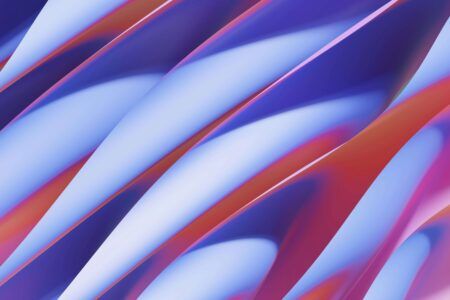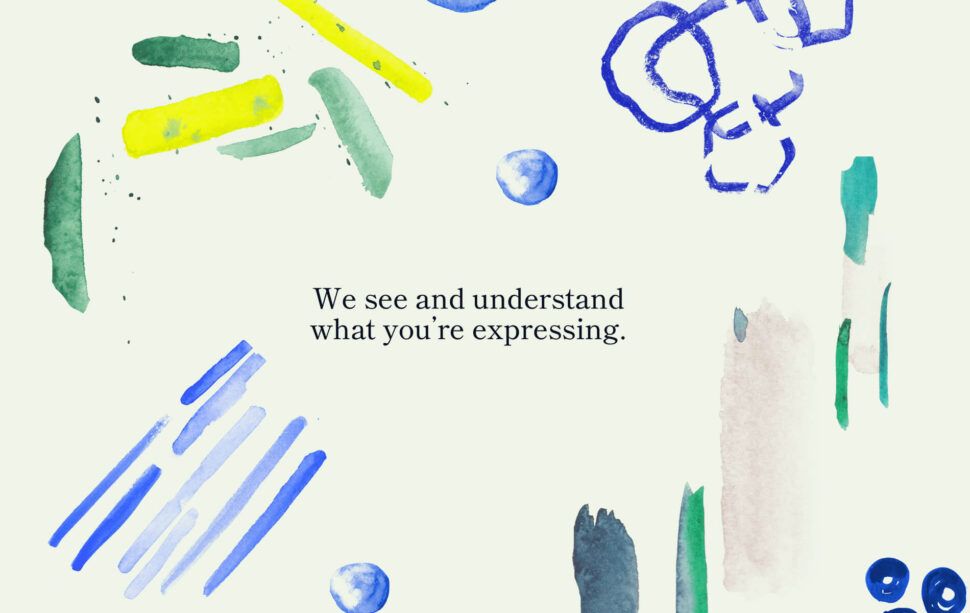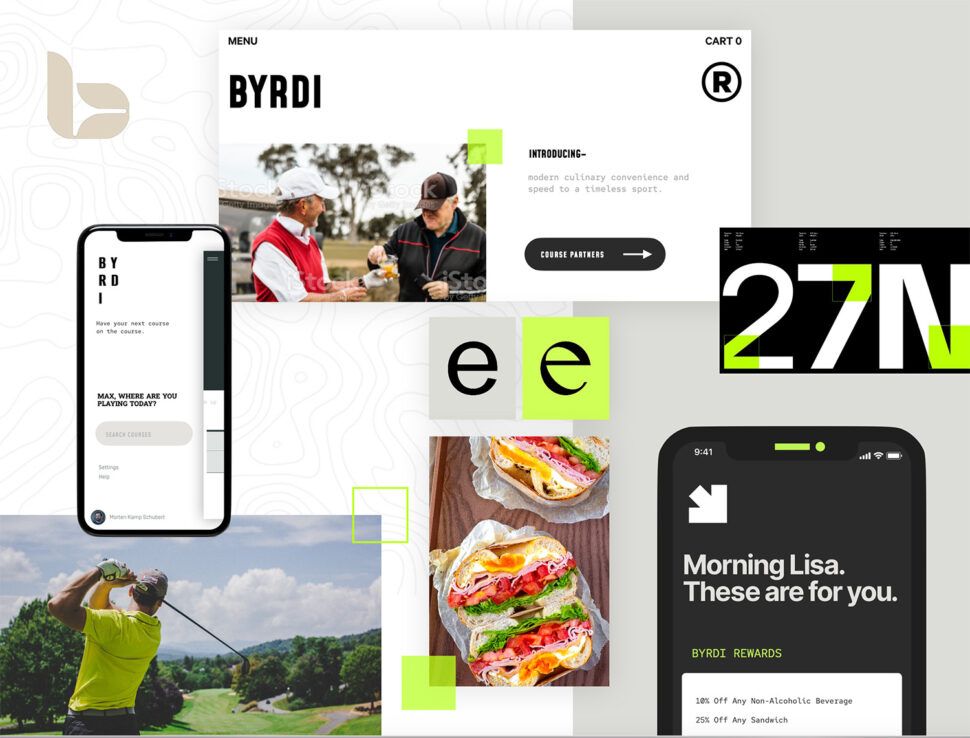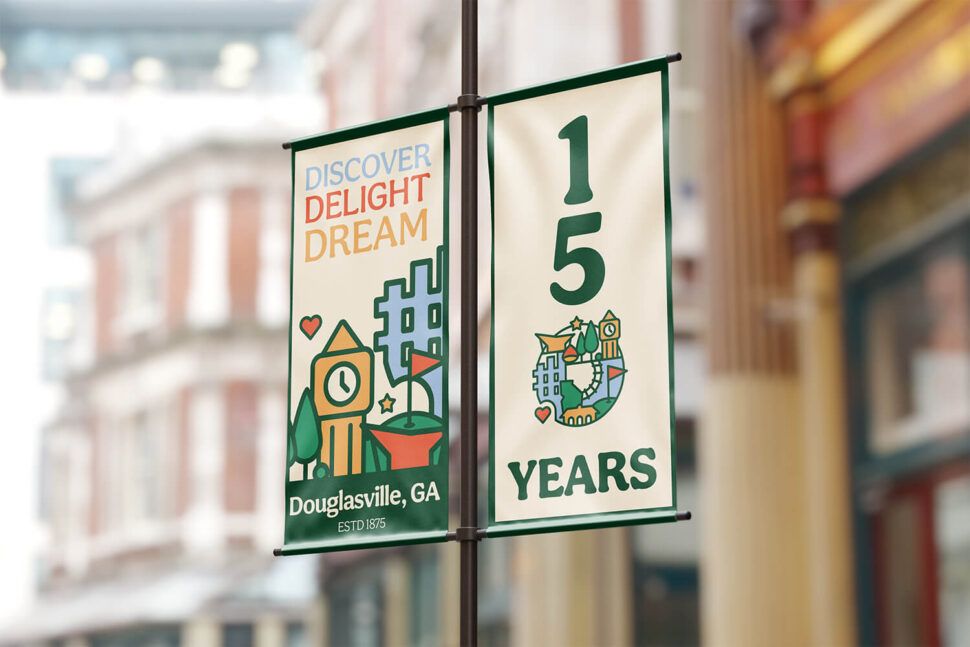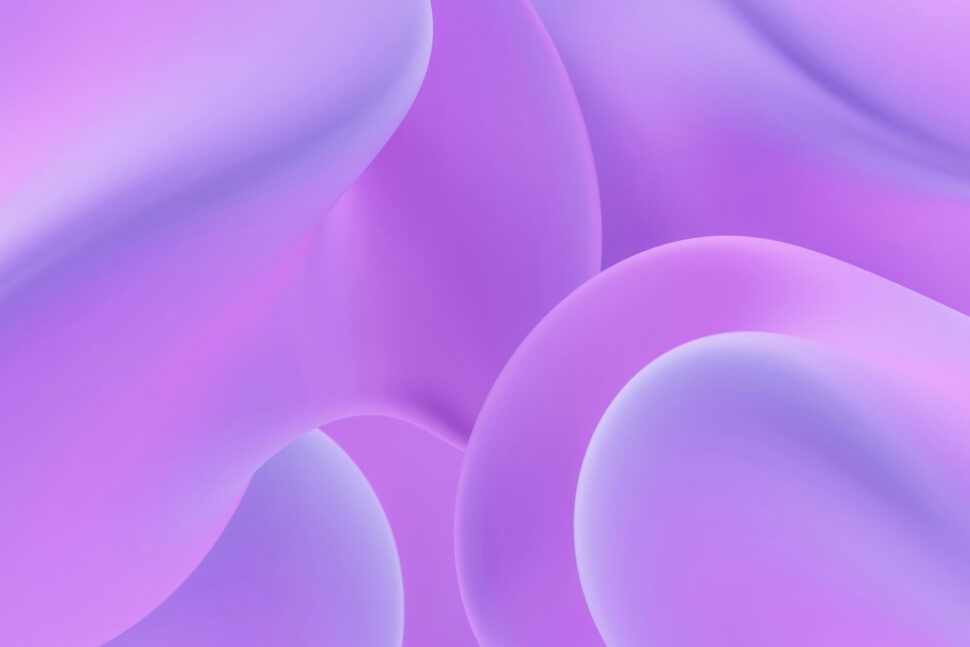July 11, 2024
Motion Design vs Animation: Understanding the Differences
- Visual Soldiers
- Design
- minute read
In the digital era, visual storytelling has become a crucial component of content creation. People often use the terms motion design and animation interchangeably. However, it’s important to grasp their distinctions to utilize them effectively. We’ll explore the differences between motion design and animation to help you understand their unique roles and applications.
Definition and Scope
Motion design, also known as motion graphics, involves creating moving graphical elements. This art form combines graphic design principles with kinetic elements like shapes, text, and icons. Motion design is commonly used in digital media, advertisements, and UI animations.
On the other hand, animation refers to making static objects appear to move. It encompasses a broader range of techniques and styles. Whether it’s 2D hand-drawn animations or complex 3D computer-generated imagery (CGI), animation has deeper roots in storytelling and character development.
Purpose and Application
Motion design primarily aims to convey information quickly and effectively. Think of explainer videos, product demos, and data visualizations. These visuals need to be engaging while showcasing a specific message clearly and concisely.
In contrast, animation often aims to tell a story, evoke emotions, or create rich, immersive experiences. From animated films and television shows to gaming and virtual reality, animation captivates audiences with its creative narratives and detailed worlds.
Techniques and Tools
Motion designers frequently use software like Adobe After Effects, Cinema 4D, and Illustrator. These tools allow them to create dynamic, visually appealing graphics. Techniques in motion design include keyframing, typography motion, and shape manipulation.
Animators utilize software such as Maya, Blender, and Toon Boom Harmony. Animation techniques include traditional frame-by-frame, digital puppetry, and stop-motion. The chosen method depends on the story’s requirements and the animator’s artistic vision.
Skills and Expertise
Effective motion designers possess strong graphic design skills, an understanding of timing, and a good sense of visual hierarchy. They must create visually balanced compositions that communicate the message promptly.
Animators, however, need expertise in drawing, modeling, rigging, and storyboarding. Besides technical abilities, they should grasp the principles of animation, such as squash and stretch, anticipation, and staging. Animation demands a blend of creativity and technical prowess.
Collaborative Roles
In the industry, motion designers and animators often collaborate. A motion designer might create animated titles and transitions for an animated film, while an animator works on the film’s character sequences. This collaboration ensures a cohesive visual experience. Check out this article, Unlock Your Vision with Creative Design Services, to learn more about creative collaboration for your design needs.
Conclusion
Understanding the differences between motion design and animation is essential for choosing the right approach to your project. Motion design excels in conveying information swiftly through sleek, kinetic visuals. In contrast, animation shines in storytelling by creating immersive, emotive experiences. Both fields, with their unique techniques and applications, offer incredible opportunities to enhance digital content.
Whether you’re planning to create an engaging explainer video or develop an animated series, knowing when to use motion design or animation will ensure your content resonates with your audience effectively.
